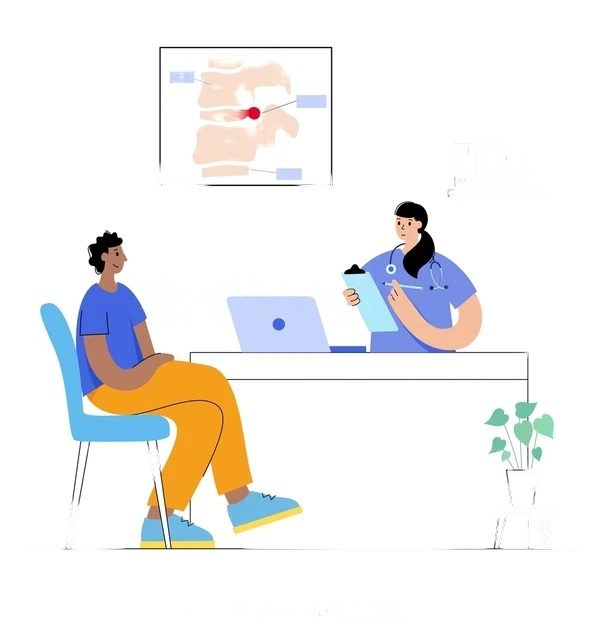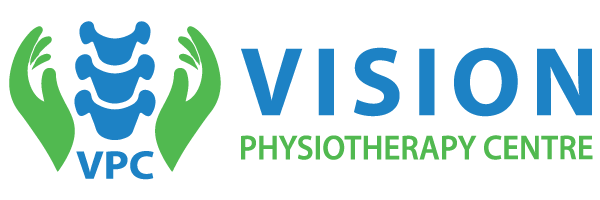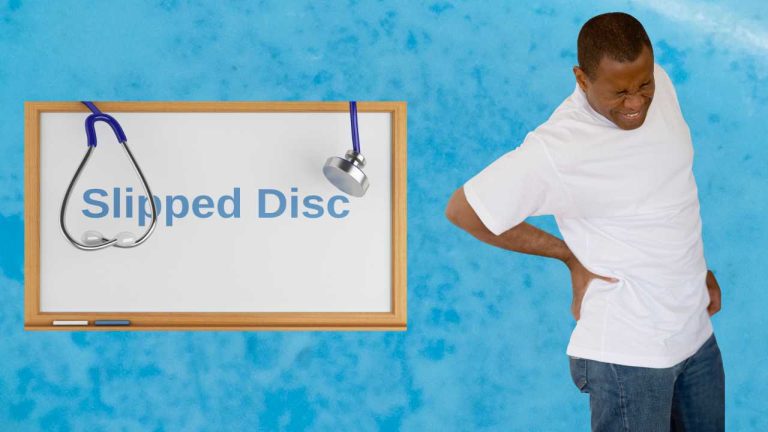পিএলআইডির অপারেশন বিহীন আধুনিক চিকিৎসা

পিএলআইডি কি? পিএলআইডির অপারেশন বিহীন আধুনিক চিকিৎসা এর অর্থ হলো প্রলাপসড লাম্বার ইন্টারভার্টিব্রাল ডিস্ক। এই সমস্যা হলে মেরুদন্ডের দুটি হাড়ের মধ্যে থাকা কোমরের নরম অংশ (ডিস্ক) বের হয়ে বাইরের দিকে চলে আসে। ডিস্কের বাইরের দিকে অ্যানুলাস ফাইব্রোসাস নামে শক্ত আবরণ…



